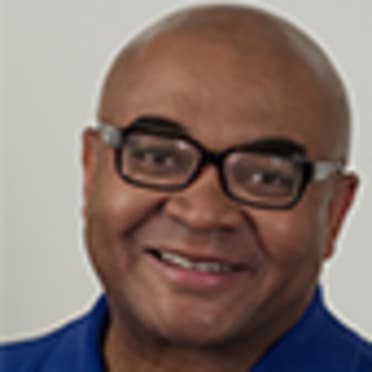Feltner is a student of his own arsenal
This story was excerpted from Thomas Harding's Rockies Beat newsletter. To read the full newsletter, click here. And subscribe to get it regularly in your inbox.
By the time you read this, Rockies rookie right-handed starter Ryan Feltner will have internalized the lessons from last start, a 3-2 loss at Atlanta. His focus now is most likely Monday against the Brewers.
But Thursday and Friday -- which happened to be his 26th birthday -- Feltner’s attention was on an exhaustive review of his last start. When one is 16 games (15 starts) into his career (2-6, 5.78 ERA this year), there are study sessions on video, on paper and in front of the computer. He compares notes with pitching coach Darryl Scott and his catcher, rookie Brian Serven on Wednesday. Often new information is revealed.
But not all has an explanation.
Two of the three runs off him in 5 2/3 innings came on Austin Riley’s first-inning home run on a 1-0 slider. Was Feltner doing something to let Riley know he was expecting it? Did Riley simply do a good job on a pitch that wasn’t quite good enough?
Or was he simply driving himself crazy?
“A lot of times, you don’t want to dive too deep into it,” Feltner said. “Maybe there’s not a reason and he just put a pretty good swing on it. But it was outer edge. But he’s a big guy -- opposite-field home run is impressive.”
But good, such as the solid outing with a career high-tying seven strikeouts, or bad, such as homers by Riley and Ronald Acuña Jr., all go into what he hopes is an education that makes him an effective rotation member.
Feltner discussed his study points. Here are a few of the many.
Grading pitches: “I’ll look at every pitch on video and chart my command, based on where I was trying to go and where the ball ended up,” he said. “That way I can formulate where my misses are and try to hone those.
“I don’t put a number on it but if I know if I’m trying to go up and in, I miss at this location, wherever that may be. Over time, I’ll be able to adjust to that.”
Checking the plan: “I also go through the scouting report, just to make sure how I’m pitching is matching up to how I should be pitching,” Feltner said. “I talk with Brian [Serven] about what he saw, too.
“I’ll study it myself, and D. Scott gives me a report after each game of strike percentages and usage.”
Mining data: “After every start, I look at pitch shapes -- the numbers and data -- to make sure everything is as it should be,” he said. “I’m tinkering with my slider, and the changeup is a work in progress. I trained at Driveline last year, and part of it was gaining an understanding of pitch movement and what’s valuable and what’s not.
“I just don’t want to leave any stone unturned.”
The trick is being process-oriented when the results serve as a distraction. Shoulder injuries wiped out the season for left-handers Ryan Rolison and Helcris Olivarez -- prospects who were trying to earn their first opportunities -- and a slow recovery from right elbow surgery kept Peter Lambert out of the Majors.
But by next year, whether it’s pitchers gaining health, climbing through the system or brought in by a front office that wants to add experience to the rotation, it will behoove Feltner to graduate into a solid Major League starter. However, none of that happens without taking care of each pitch, so that’s where Feltner’s mind stays.
“I’m not a big goal guy,” he said. “I try to stick to the process of what I’m doing. It’s making my pitches.”
